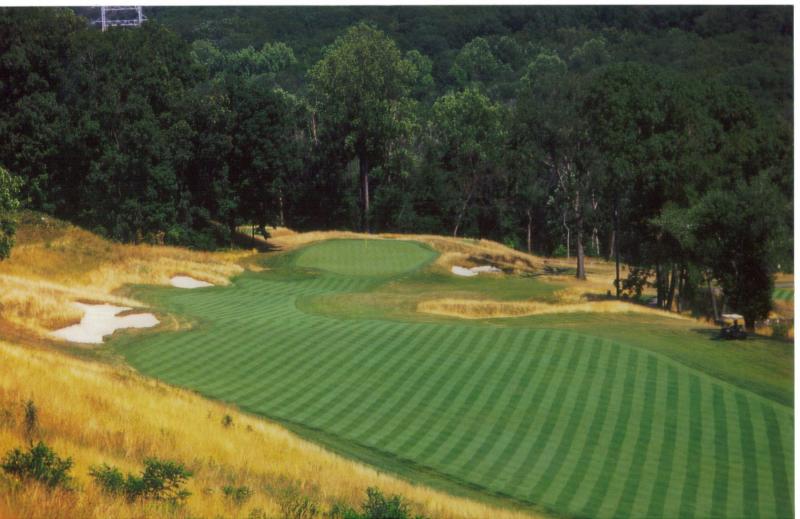Bentgrasses
There are three types of bent grasses: Colonial, Creeping, Velvet. Each has particular qualities relating to climate, salt tolerance, depth of color, and texture. Bentgrass is a cool seaon lawn grass, can be planted from seed or sod and provides beautiful golf like turfgrass in Northern Areas. Requires high amount of care and maintenance.
Creeping Bentgrass
(Argostis Palustris)
Used extensively on lawns, golf courses, and athletic fields. Used primarily on Golf courses for greens because of its dense growth and short mowing capabilities. Will tolerate very low mowing, but when its grown to normal heights it becomes shaggy. Does not tolerate hot, dry weather, nor cold winters. Perennial cool season grass that forms a dense mat. Spreads by creeping stolons and rather vigorous shallow roots.
Also Known as: Carpet Bent grass, Creeping Bent, Redtop, Redtop bent, seaside bent grass, Spreading Bent
Colonial Bentgrass
(Agrostis capillaries)

Was brought from Europe to the United States by early colonist to reproduce the fine lawns of their homeland. It is the tallest of the bent grasses with very fine texture and the density associated with them. Adapted to coastal regions in northern California where it is used for general lawn areas. Does best in cool, humid weather and tolerates some shade. Soft turf with upright leaves and dense growth, spreads by short rhizomes.
Velvet Bentgrass
(Agrostis canina)

Has the finest texture of all the bent grasses and is one of the oldest grasses used for lawns and golf courses in Europe. Was brought to the US for use on early greens because of texture and ability to be cut short. Used less commonly than either creeping or colonial bent grasses. Does not grow the best in the transition area, it grows more like the colonial versions only shorter. Lighter in color than colonial and creeping varieties.
Maintenence

Moderate to High….low tolerance for heat, salinity, water stress, and traffic. Needs frequent irrigation, aerating and dethatching, and a relatively high level of fertilizing. Slow to recover from moderate wear.
References:
http://www.bentgrasses.com/ http://www.american-lawns.com/grasses/bentgrass.html http://www.ipm.ucdavis.edu/TOOLS/TURF/TURFSPECIES/colonial.html http://www.bentgrasses.com/varieties/index.html#Velvet

